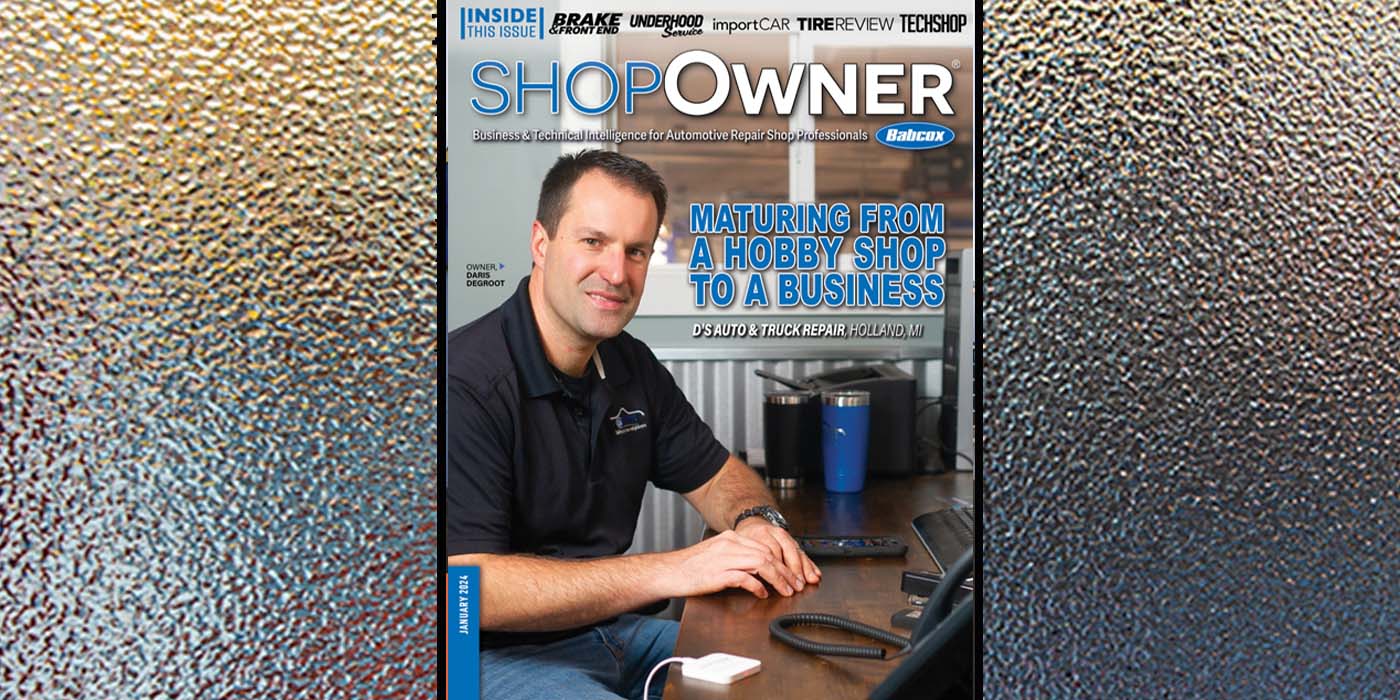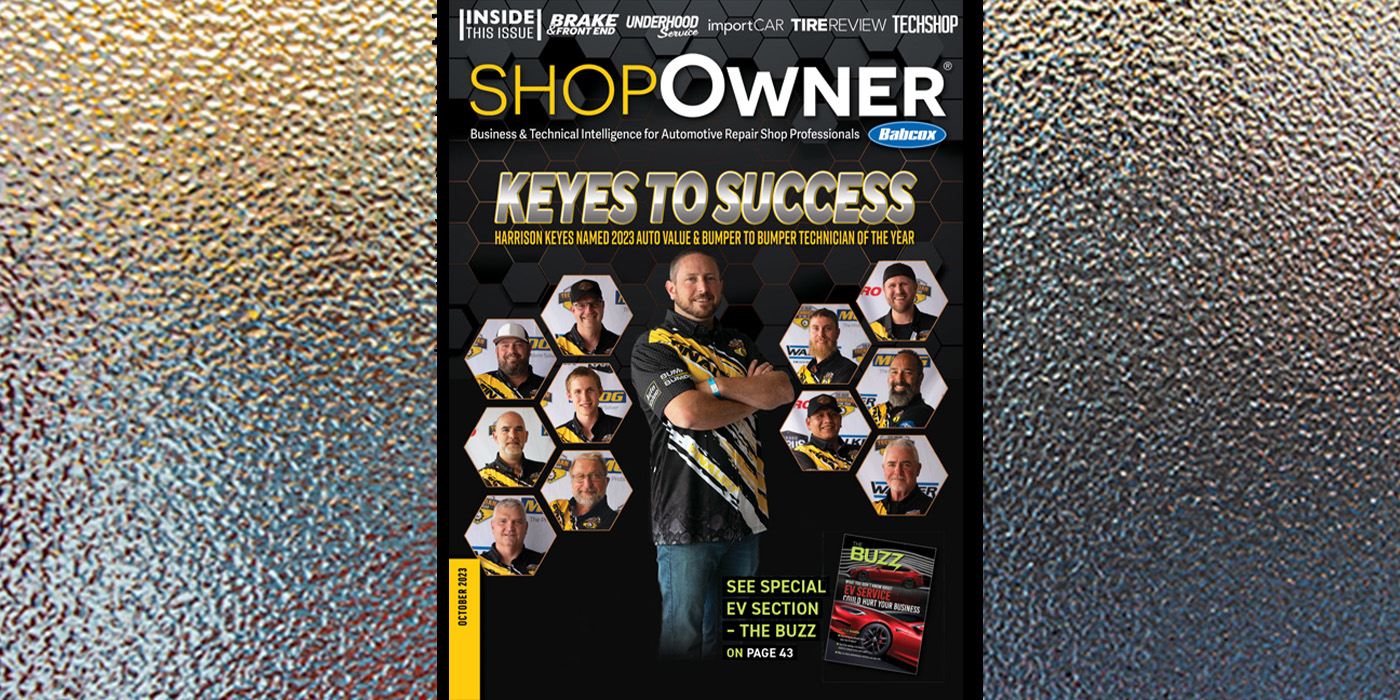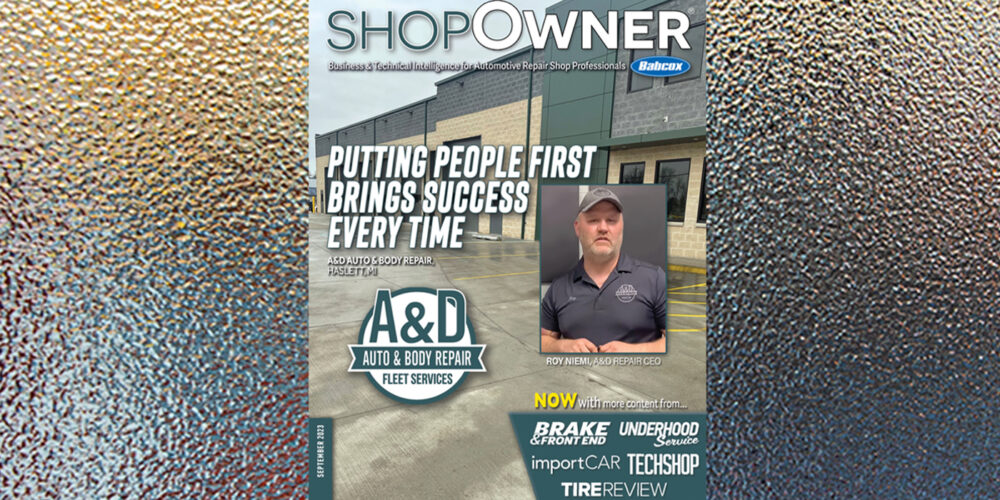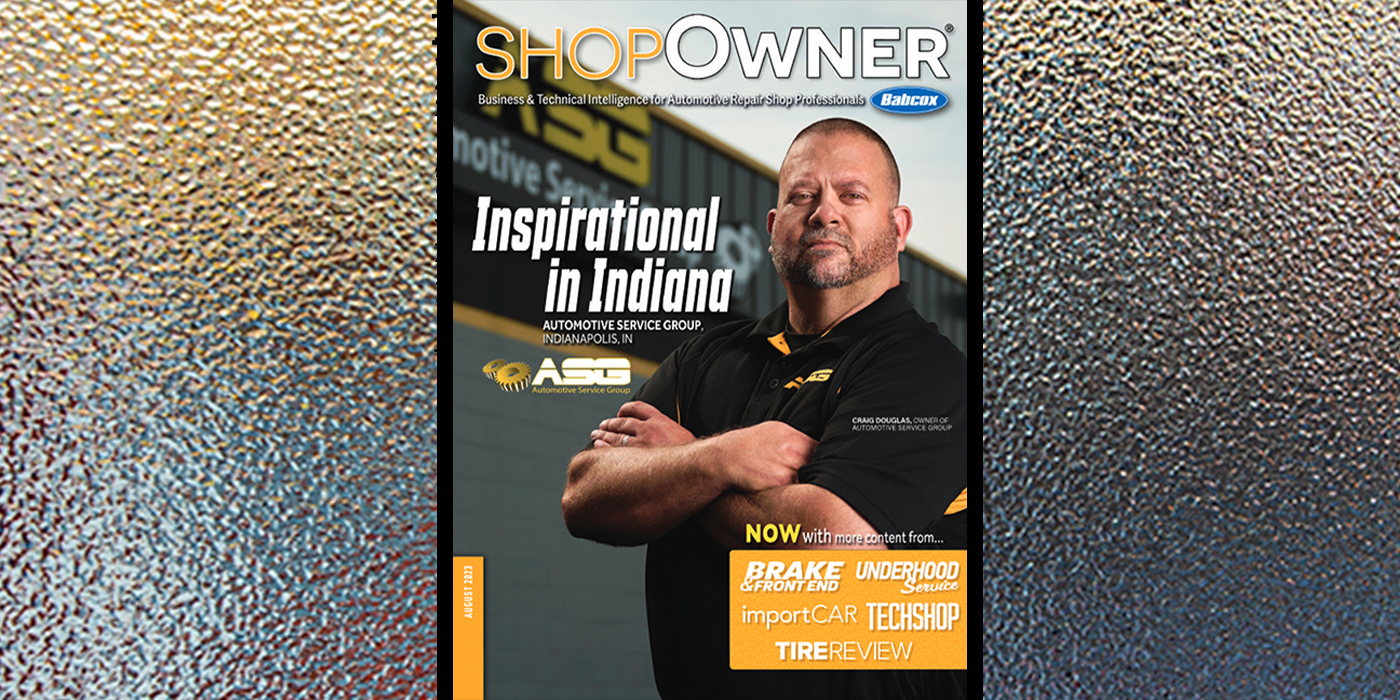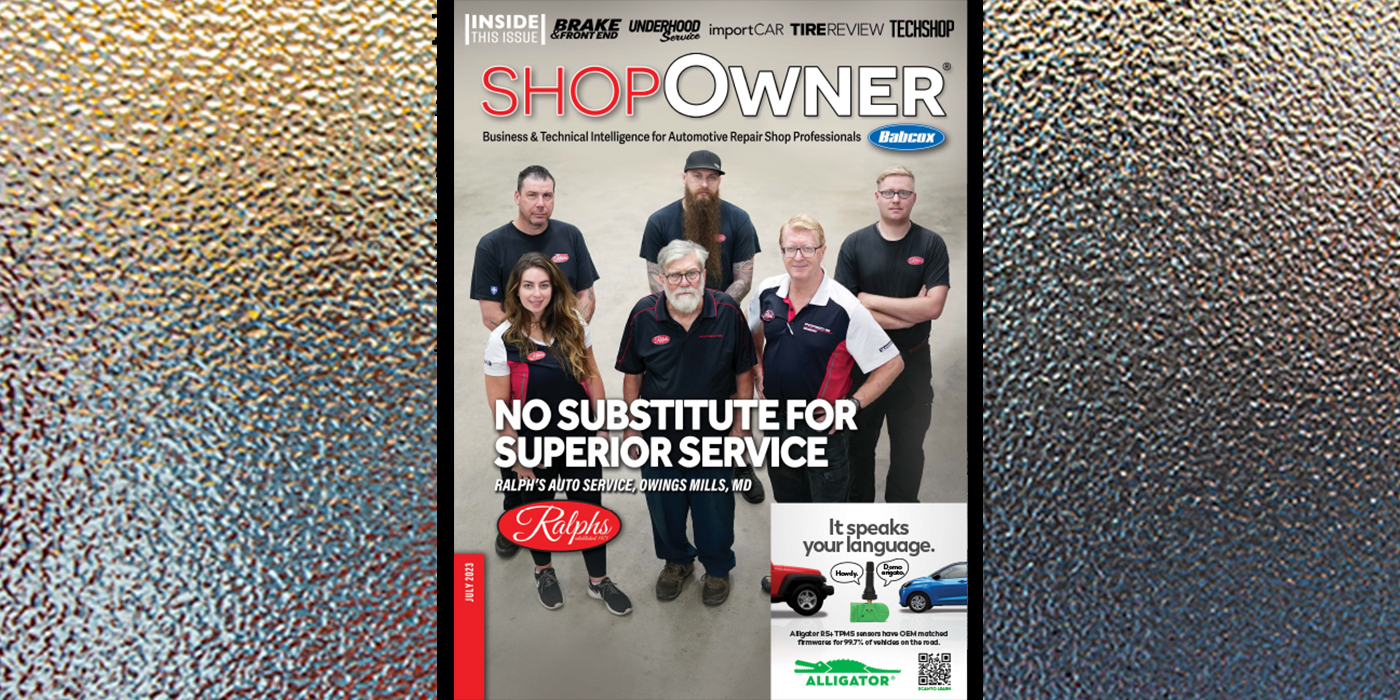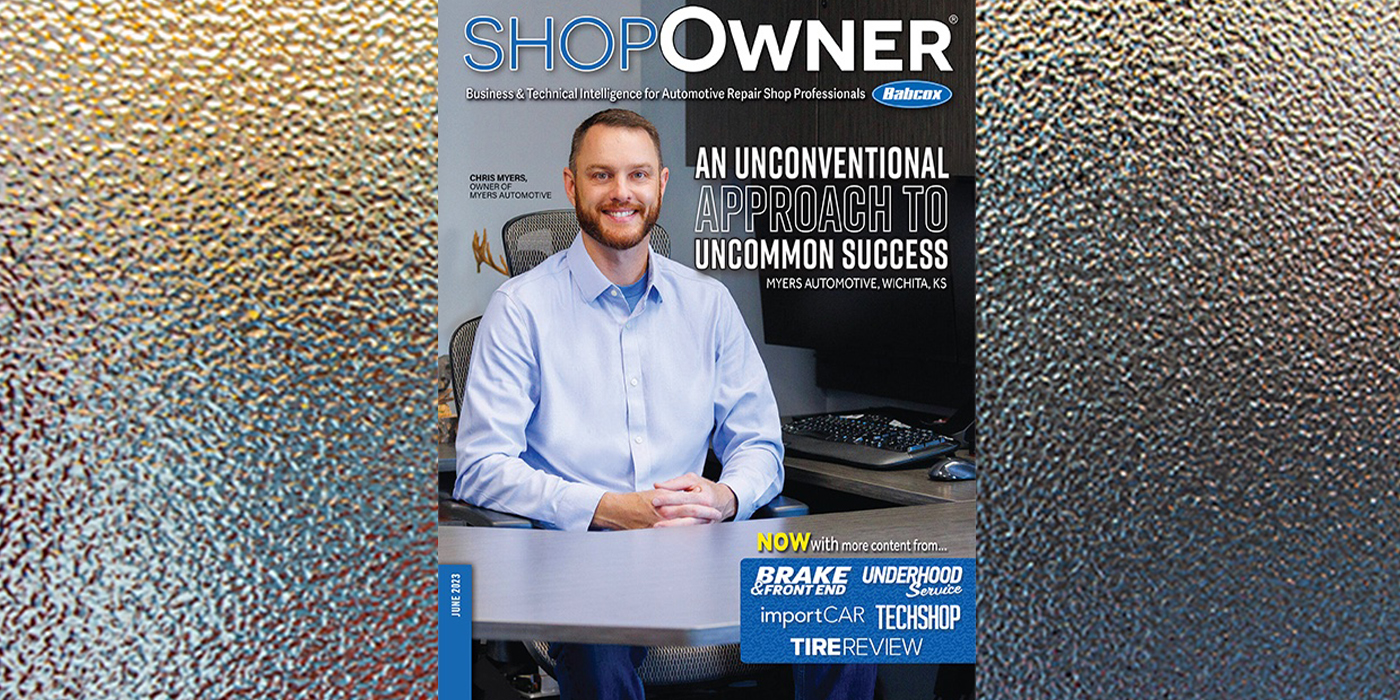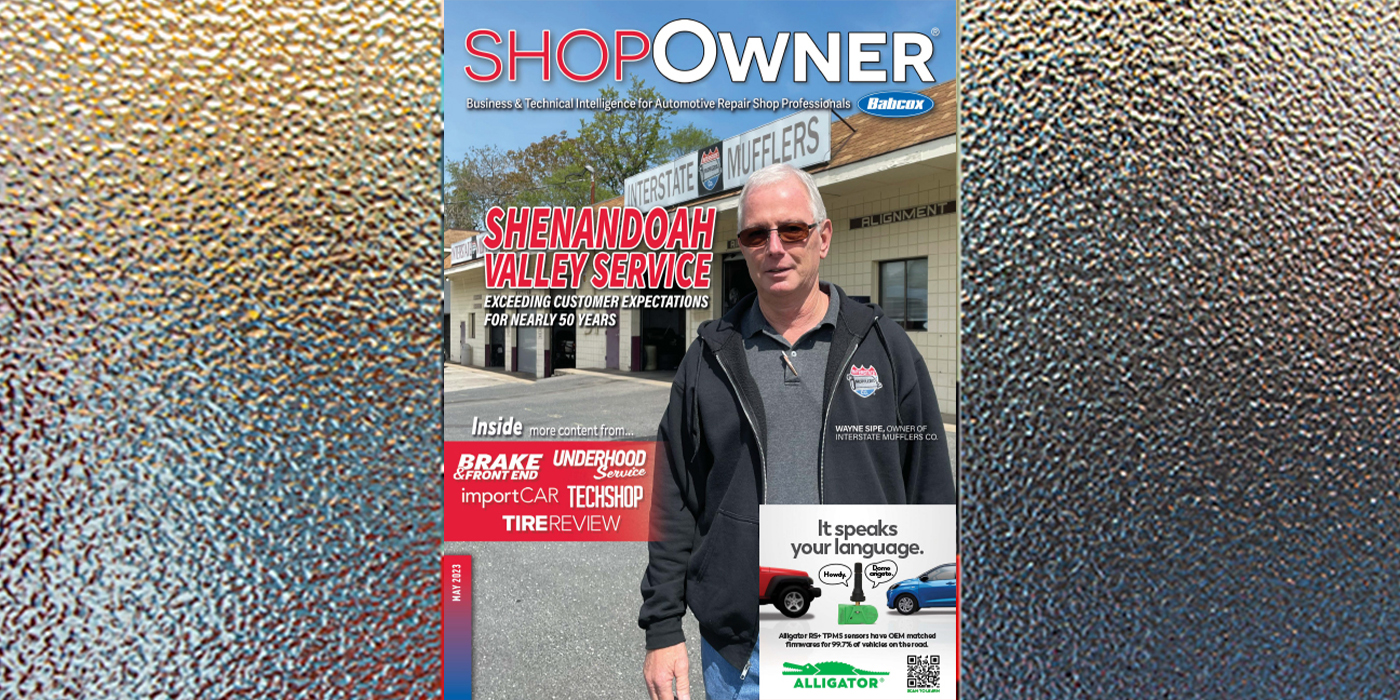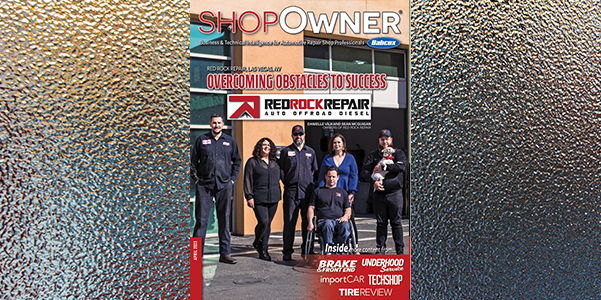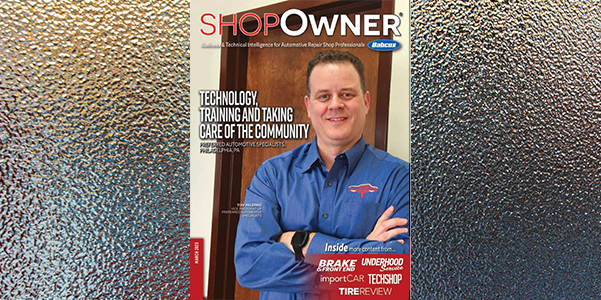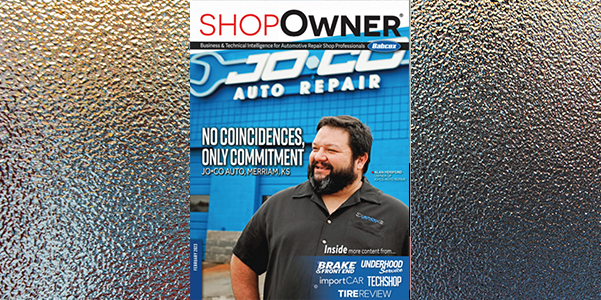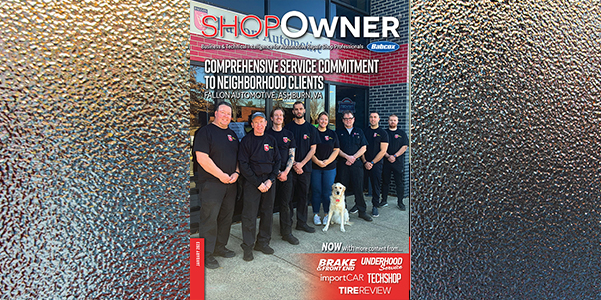
Before being promoted as Standard Motor Products’ director of training in 2013, Ryan Kooiman already had a world of technician training under his belt from his time as Standard’s technician training developer, and from his days as lead tech/driveability specialist at a 20-bay independent shop in Michigan. Kooiman brings his years of hands-on experience in the shop to technicians in a manner they can relate to and immediately put to use.
Underhood Service talked with Kooiman about how technicians can take advantage of different training opportunities present in the market today, as well as the importance of looking toward what opportunities might be on the horizon.
Training can be a big time investment for shops and techs. How does Standard Motor Products’ online PTS On-Demand Training solve this time crunch?
We recognize that everyone’s time is valuable. If technicians have commitments that don’t allow them to attend one of our instructor-led classes in their market, we don’t want to exclude them from the opportunity to learn. PTS On-Demand is an opportunity for them to learn when they want, where they want, and with over 100 topics available, they can learn what they want.
How do you convince older techs to make the investment to be trained on new technologies that may be substantially different than what they’re used to working on?
Usually we don’t have to convince them — they seek out the training, either out of frustration, necessity or opportunity. We just have to let them know what’s available, and keep up our reputation of providing information that will be useful to them in the bay the next day. Older techs have had to learn a lot over their careers — they’ve transitioned from carburetors and points and condensers to fuel injection and electronic ignition. They understand that they’ve survived those changes, and realize that training is the key to survival.
As a director of training, you deal with many technicians throughout the country. Is there an area of service where you see more gaps in knowledge than you might have expected?
I think diesel is the one area where I see the biggest gaps in knowledge. It’s such a huge industry — and there are so many diesel-powered vehicles on the road today — that it’s an area of repair that many shops can’t afford to ignore, yet many do still turn away diesel work. Even some of the diesel shops understand the heavy repairs, but may not be familiar with module programming or sensor and driveability diagnostics. We add new diesel topics each year to help some of these “gas guys” transition into “diesel guys,” and to continue the growth of the “diesel guys.”
What are some of the most common mistakes technicians make when diagnosing and replacing TPMS sensors?
One thing we try to promote is to “test, not guess.” Many times a technician will read the message in the instrument cluster and jump to the conclusion that a sensor is faulty, and then realize that it is actually a different sensor or receiver that is faulty. It is key for a technician to have their TPMS tool updated with the latest software so it will work accurately with many sensors. Various sensors may have specific instructions; so, it is important that the technician read them along with the service information for the vehicle. The majority of the concerns I hear from technicians relate to either not following instructions or using an outdated tool.
How do you change a relatively inexperienced tech into a true diagnostic technician? If you could only preach the usefulness of just a few classes, which ones would they be and why?
It takes a lot of time (years of experience) to [turn someone into] a diagnostic technician. It also takes a lot of internal drive for that person. No matter how much training, tooling or time you throw at someone, if they aren’t driven to learn and take their own initiative, they won’t be successful. The shop owner shouldn’t have to force this person to go to training, but, rather, the person should be bugging the owner to go to training and learn. Some of the most valuable classes I can think of are ones that cover diagnostic strategies. Once a technician understands how to think and has a plan of attack for various scenarios, they will be more accurate and efficient in their diagnosis and repair.
What are the most important repair opportunities technicians need to be trained in to be best suited to service vehicles over the next few years? How important is the ability to reflash to be able to service modern vehicles?
Diagnosing driveability concerns will still be a large sector, but communication issues are becoming ever more important for technicians to understand. With infotainment systems, telematics and collision-avoidance systems becoming more prevalent, it is important for technicians to understand these systems, how they work, how to diagnose them, and what equipment is required to repair them. Along these lines, [technicians are being called to perform] functions not only involving reflashing, but also coding modules and electronic components. I see automatic software updates in our near future via telematics, but there will certainly still be a need for technicians to perform programming and coding after a repair is performed.
What do you say to owners of smaller shops who are worried about the investment in tools that today’s latest systems require for proper maintenance? Can these shops compete on the same playing field with dealerships and the bigger independent shops?
I think that tooling has never been more affordable than it is today. I recall the days where the shops I worked in bought the big box engine analyzers and emission testers that were near $70,000. Today, a shop can buy OE scan tools for GM, Ford, Chrysler, Honda and Toyota for approximately $10,000 total. Some European tools are more expensive, and the annual subscriptions add up, but I know plenty of one-man shops and mobile guys who have all kinds of OE tooling. They have set up a business model where that makes sense, they stick to it, and they’re profitable doing it. It’s a great time to be an aftermarket automotive technician!


